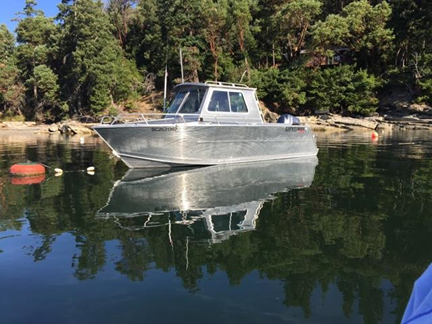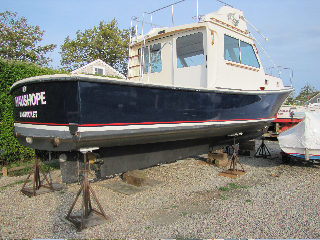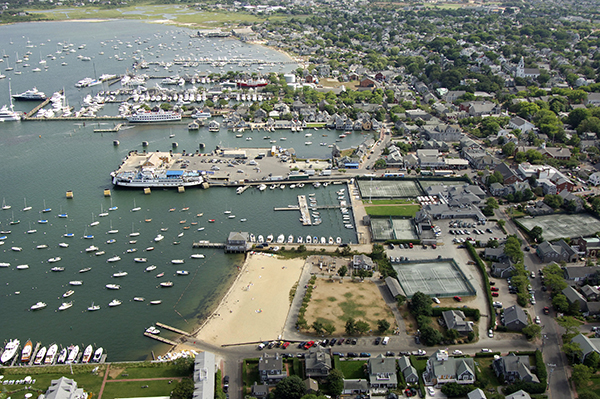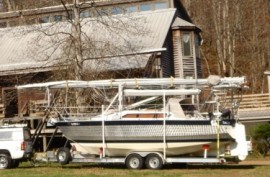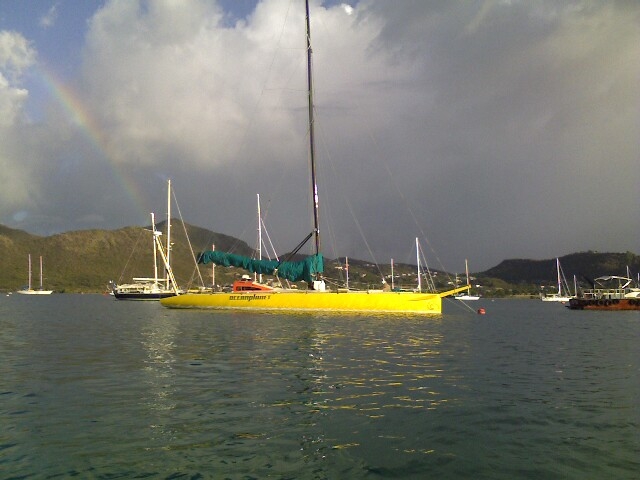After 40 years of salt water boat ownership, I have finally found the cure, for the most part, for the dreaded spring prep work before the launch ie: annual bottom painting (Ugh!).
In 2013 when I pulled my Mako 264 center console out of the Eel River in East Falmouth MA, the bottom paint had peeled off in sheets (multiple coatings). Now I really dreaded the springtime (in October!).
I had the entire bottom bead blasted clean, sanded the areas where multiple layers of barnacles had grown. I bought ePaint’s primer epoxy and applied 2 coats. Then applied 2 coats of ZO Antifouling bottom paint. The bottom of the boat looked newer than the topsides!
Four years (seasons) later and in dark briny warm Eel River, I have but a few barnacles this season (only) and only around the bronze thru hulls, trim tabs and outboards. Previously I had used Petitt’s best ablative, every season, and the bottom would be gross.
After 4 years of use after only having to paint it the 1st year, I saved enough money to buy a new aluminum tandem axle trailer for my Mako! (for the past 15+ years I have always paid people to do the annual bottom painting! And always well over $1,000 per year . . .) All I need is enough of your paint to touch up the waterline so I look good trailering over to Sandwich Harbor. Your paint is the only paint I will ever use again.
Captain Mike Buck


